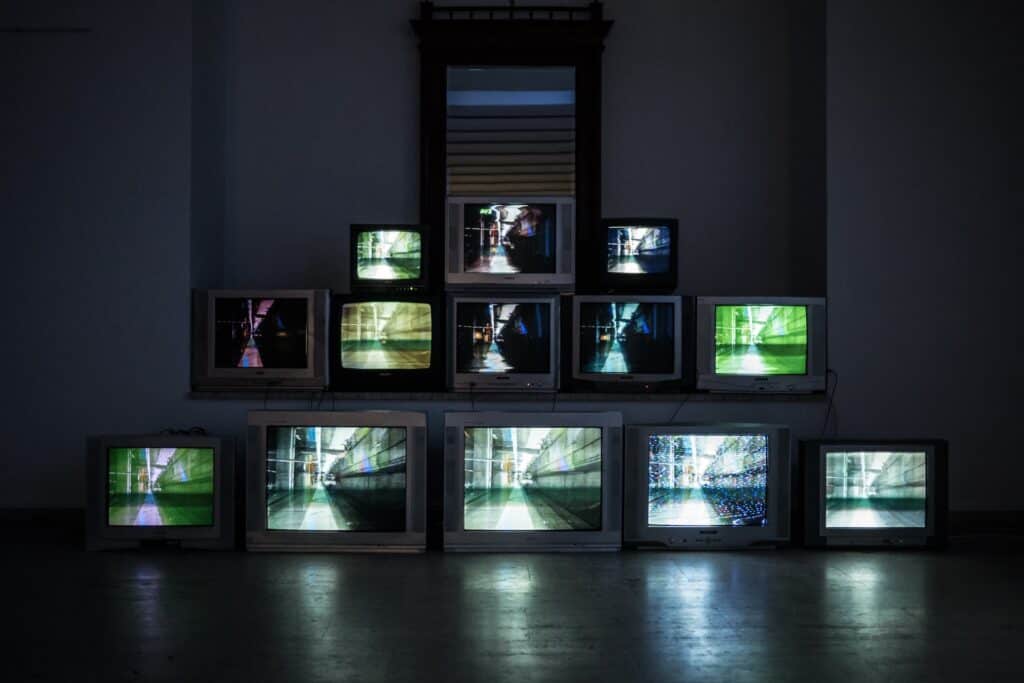
ESPHome, a cornerstone in the Home Assistant community for simplifying the creation of firmware for ESP devices, was recently updated to version 1.16.0. This update introduces a notable expansion in display capabilities, adding six new types to its repertoire. For those integrating visual elements into their projects, these additions offer a wider range of possibilities for both functionality and design.
Contents
Scheduled Updates Aim for Consistency
With the latest release, the team behind ESPHome has introduced a new update schedule, committing to releases on the first Wednesday of every month. Regular, scheduled software updates play a crucial role for both developers and users, especially in the context of projects like ESPHome. For developers, these updates offer the opportunity to patch known vulnerabilities, refine existing features, and introduce new functionalities, ensuring the software remains at the forefront of technological advancements and security practices. For users, these updates not only enhance the overall performance and reliability of their devices but also protect them against emerging security threats. Moreover, by adhering to a regular update schedule, developers can foster a sense of reliability and commitment within their user base, encouraging continued engagement and trust in the product. This synergy between developer diligence and user compliance with updates forms the backbone of a dynamic and secure software ecosystem.
A Broad Spectrum of Displays
The highlight of this update is the introduction of various display technologies, including e-paper, OLED, and TFT panels. This diversification in supported displays allows for more tailored project designs, catering to different needs and preferences.
When comparing e-paper, OLED, and TFT displays, each technology offers distinct advantages suited to different applications within IoT projects. E-paper displays stand out for their low power consumption and excellent readability in direct sunlight, making them ideal for projects where battery life is critical and outdoor visibility is required. On the other hand, OLED displays are renowned for their deep blacks and high contrast ratios, providing sharp visuals and efficiency in power usage, particularly suitable for devices that benefit from vibrant displays with minimal power draw. TFT displays, meanwhile, offer a broader colour range and higher resolution, enabling more detailed and colourful visuals. However, they typically consume more power than e-paper and OLED options, making them less optimal for battery-powered applications but excellent for projects where visual impact and detail are priorities.
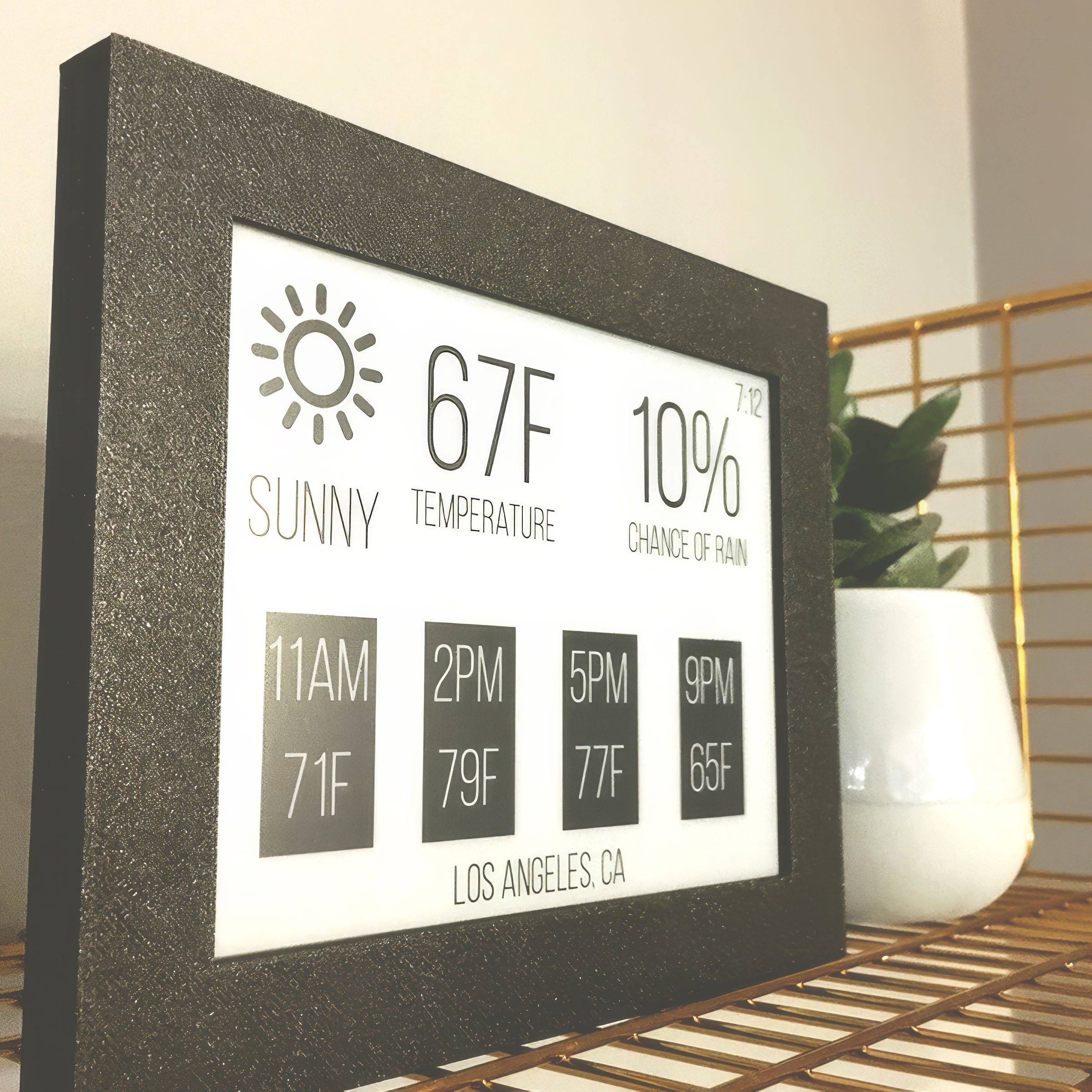
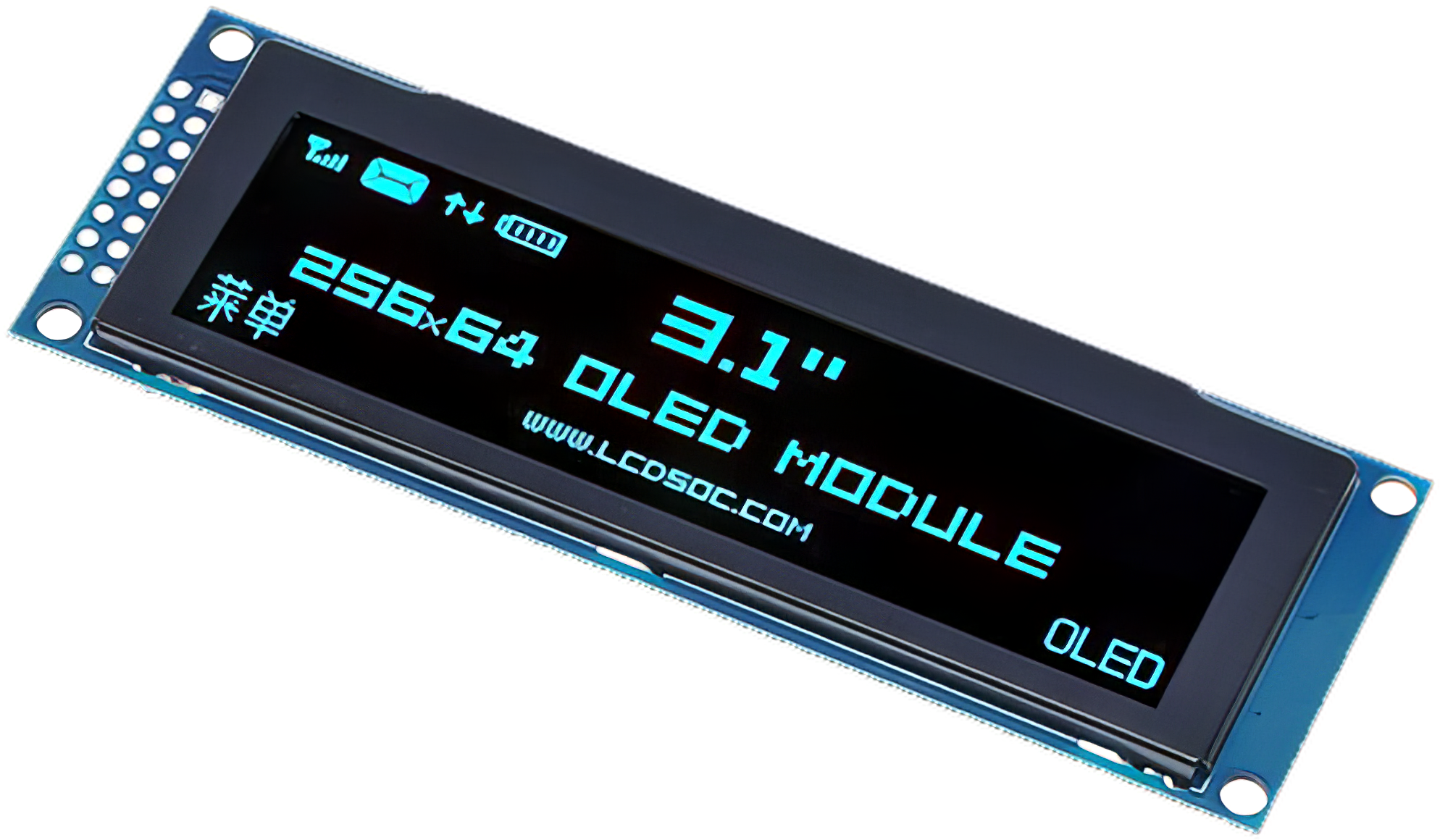
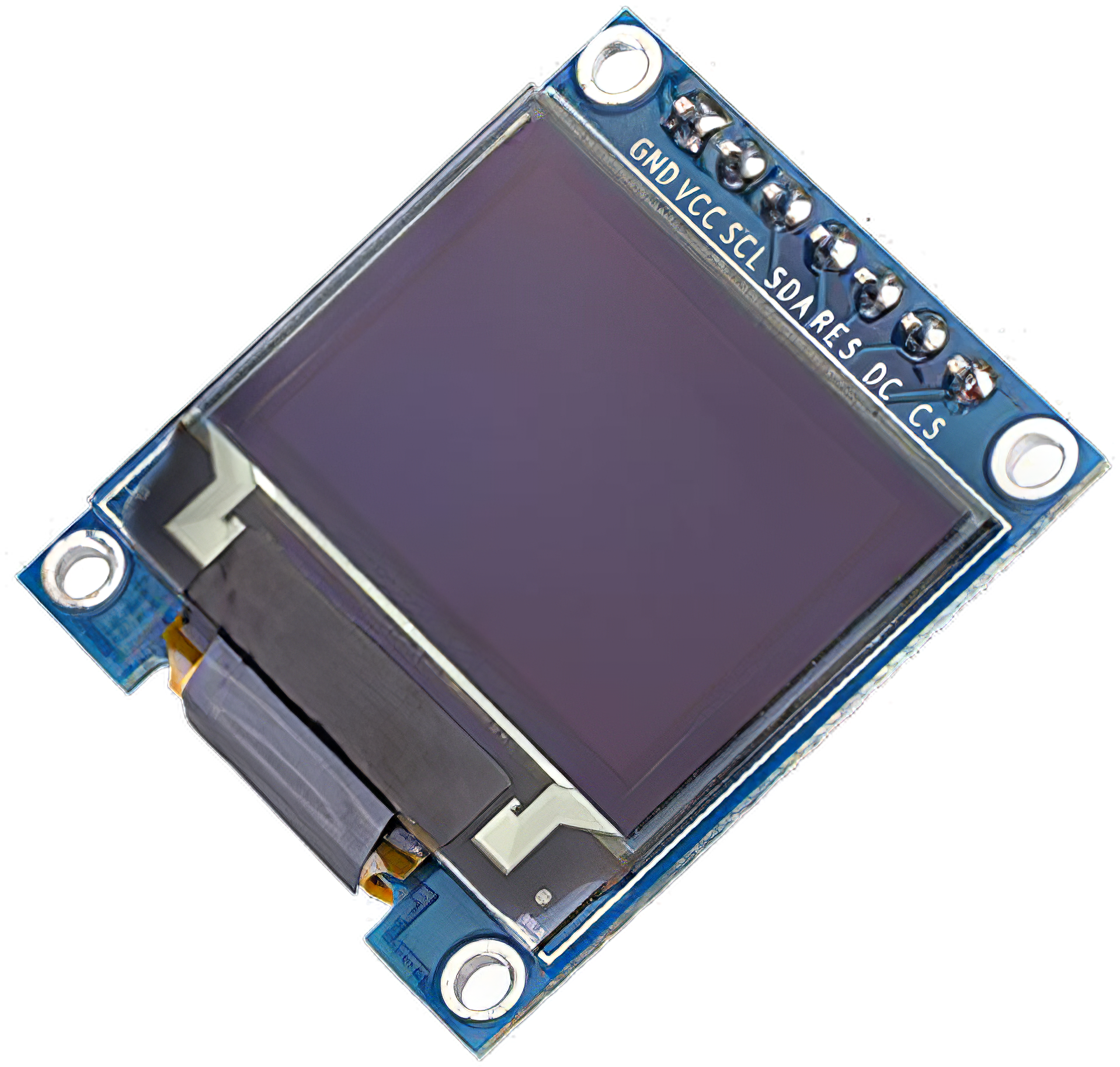
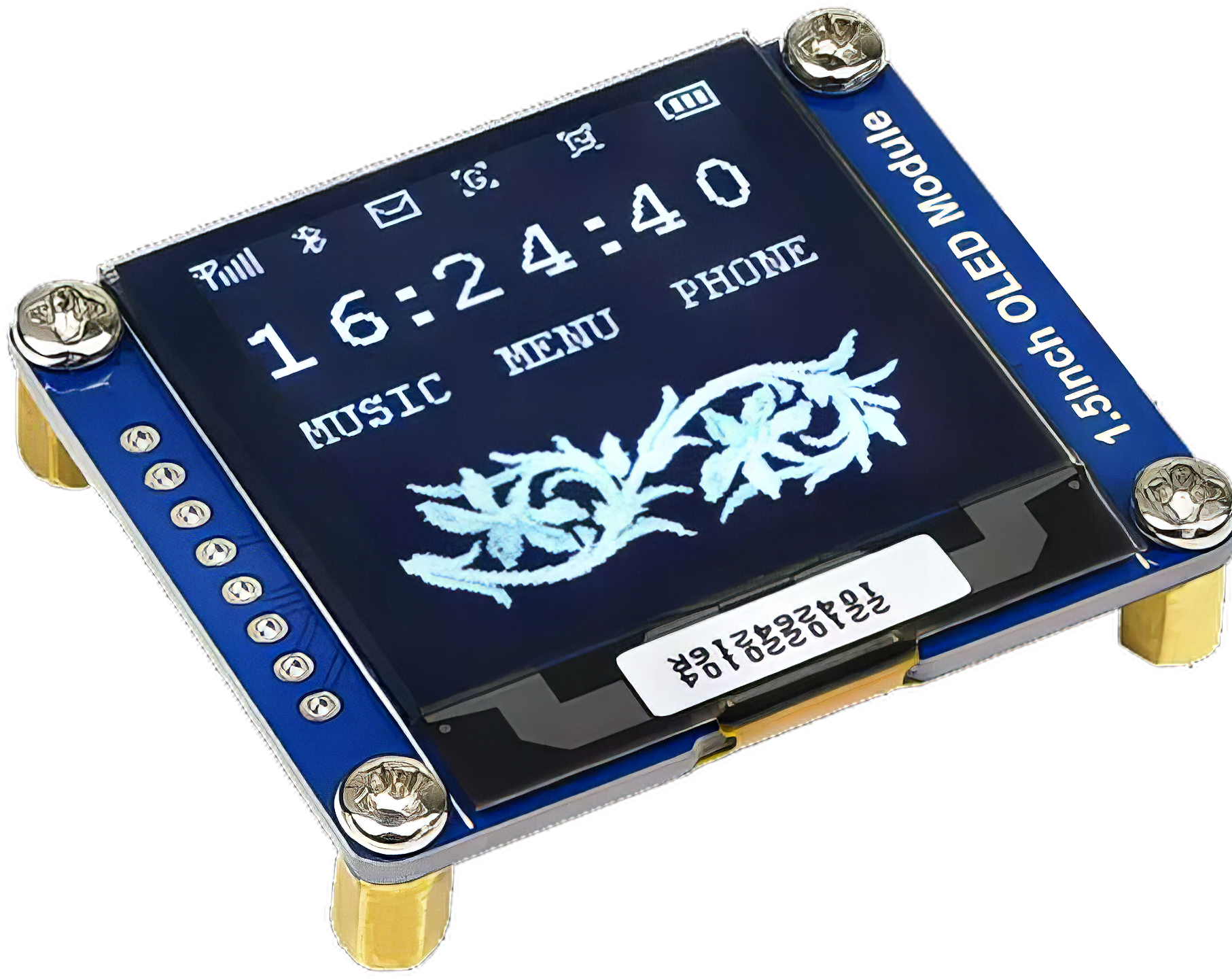
Inkplate 6: Sustainability Meets Technology
The Inkplate 6 is a notable addition among the new display options. It utilizes screens from recycled Kindle e-readers, offering an environmentally friendlier choice for projects. Priced at around €100, it includes not just the e-paper panel but also an integrated ESP32 and an enclosure, which might appeal to those looking for a comprehensive package that reduces the need for additional components and assembly.
OLED Displays: Compact Efficiency
For projects that require small yet clear displays, the new OLED panels, including the SSD1327 and SSD1331 models, provide options that feature deep blacks and sharp contrasts. These displays are suited for applications where space is limited but visual clarity is paramount, such as in compact weather stations or alarm clocks.
TFT Displays: Enhanced Visuals
The update also includes the ST7735 and ILI9341 TFT displays, with the latter offering a higher resolution of 240×320 pixels. This improvement in resolution supports more detailed and colourful visual presentations, though it's important to note that the ILI9341 might require the more powerful ESP32 chip for optimal performance.
In summary, the latest ESPHome update broadens the scope for visual elements in IoT projects, offering various new display options to suit different project requirements. The introduction of a regular update schedule also aims to provide predictability for developers. These enhancements contribute to the ongoing development and versatility of IoT projects, enabling more customized and effective designs.
